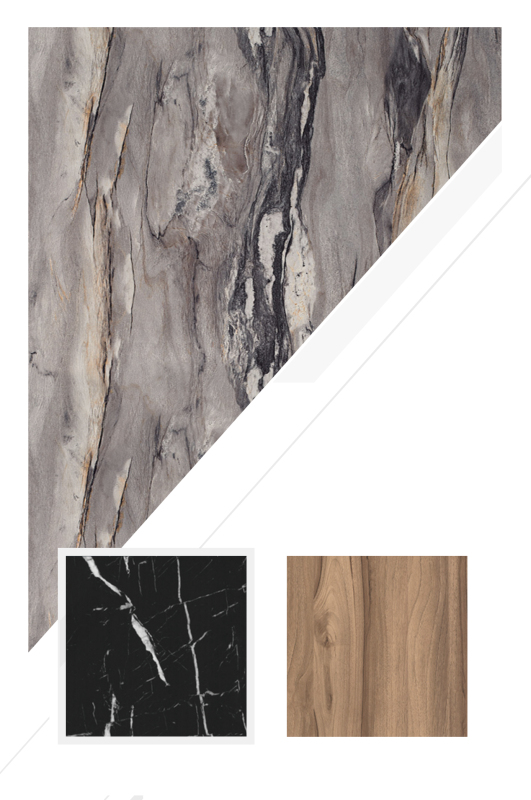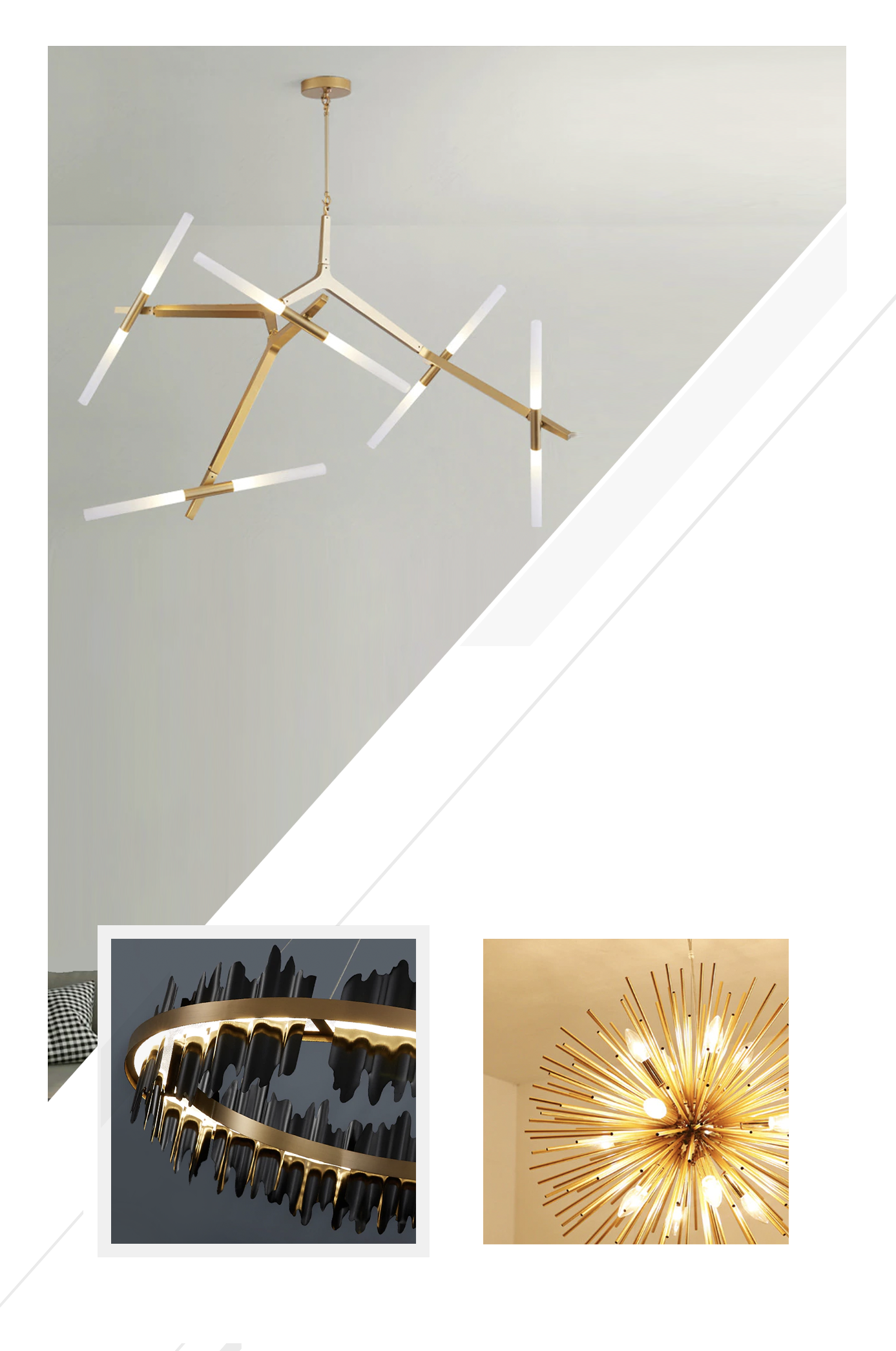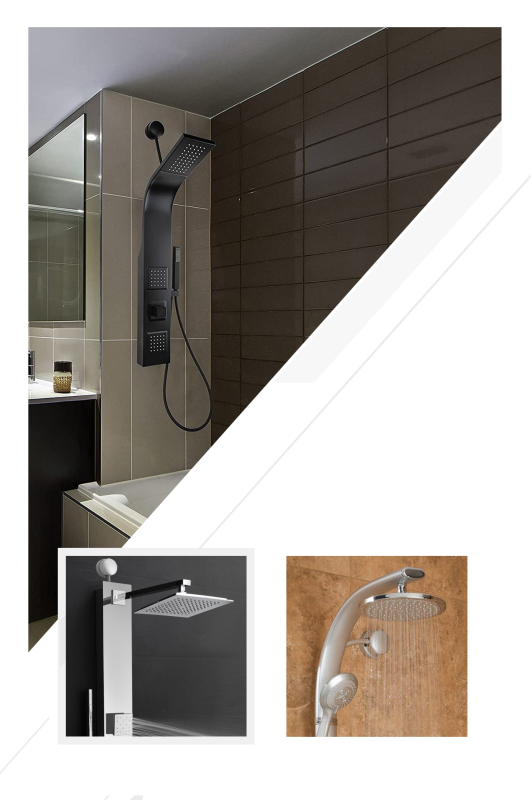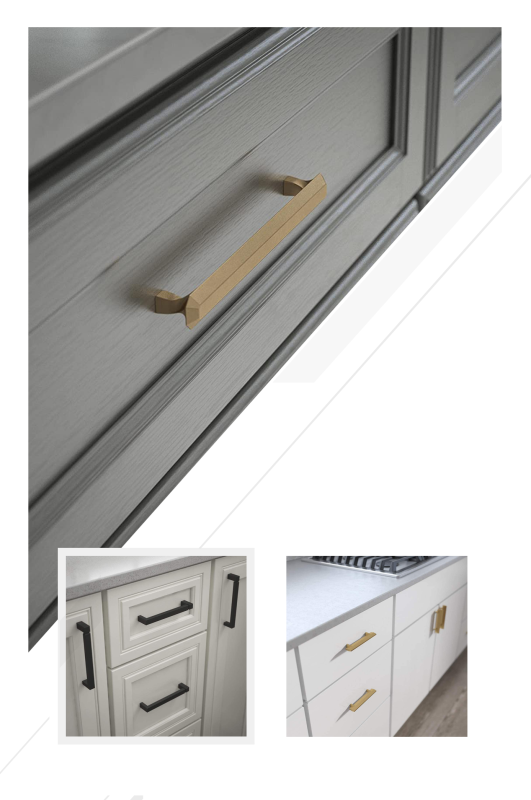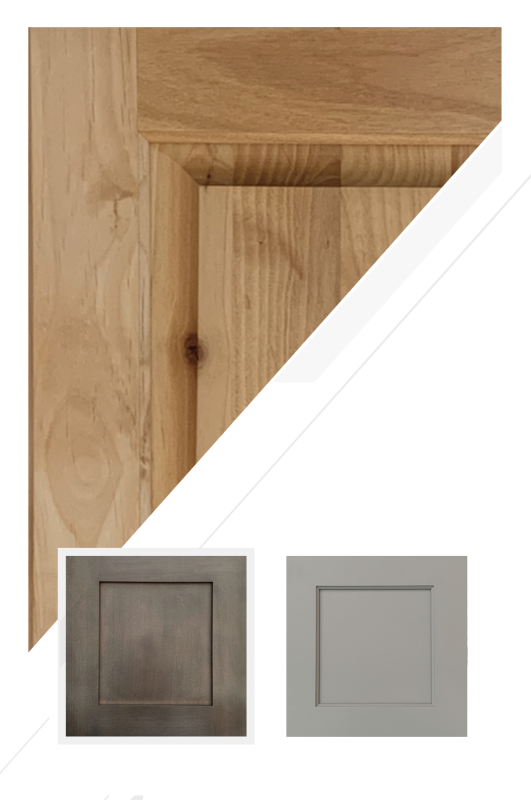Calm Landscapes, Strong Defenses: Defensible Space and Waterwise Design for California Rebuilds
By Joy Line Homes California
Great rebuilds start at the ground. A strong envelope needs an equally smart landscape that slows embers, carries water away, and welcomes daily life. Joy Line Homes treats the first one hundred feet around your home as a design project with clear performance goals. The result is a property that looks modern, sweeps clean in minutes, and helps the structure pass inspections in Los Angeles, Ventura, Santa Rosa, Napa, and Paradise.
Defensible space is not bare earth. It is a set of calm materials, tidy spacing, and simple routines. When the plan is right, the yard stays beautiful during normal weeks and ready during smoke or wind events. Families enjoy a place to sit, to cook, to work, and to breathe easy.
Zone Zero as Architecture
The first five feet from the wall matter most. Joy Line uses large pavers, stone, or compacted gravel that can be swept after a windy night. Beds near the facade are mineral and clean. Hose bibs land at corners for quick rinse downs. Vents sit above this band with ember guards. Doors step onto non combustible landings that slope away from the wall. This edge reads like a courtyard detail rather than a rule, and it gives inspectors confidence on the first visit.
Where wood is desired, it stands off the wall and meets a stone break. Planters shift outward onto their own pads. The move keeps beauty close while stopping fuel paths that creep toward the shell.
Five to Thirty Feet: Low, Green, and Simple
Just beyond the hardscape, we keep plantings low and separated by clean bands of stone or gravel. Drip irrigation delivers water to roots without overspray on siding. Mulch is mineral near the house and organic only in islands that sit away from openings. Trees are spaced so canopies do not touch. Small shade structures are metal and stand free of the wall. The yard feels like a set of outdoor rooms with easy sweep lines and no hidden leaf pockets.
Furniture sits on large pads, not over loose mulch. Grills and fire features rest well outside Zone Zero with lids and clear baffles. Everyday use stays easy, and safety stays visible at a glance.
Thirty to One Hundred Feet: Breaks and Views
Farther out, we introduce wider bands that break up fuel. Paths, drive lanes, and low walls slow flame spread and give crews a place to work. Taller shrubs, if selected, stand in clusters that can be pruned quickly. Wood piles live in a separate area on a pad with a simple cover. Mowers and hose carts have clear routes that do not cross soft beds. The outer yard holds the view and holds the line at the same time.
On rural parcels, swales and small basins catch stormwater and settle dust. On neighborhood lots, permeable joints and tidy drains keep sidewalks clean. Movement of water is part of the defensive plan because dry walls and clean corners resist trouble.
Driveways and Courtyards as Fire Breaks
Hardscape is more than a walkway. A driveway can become a break that slows flame and allows access. Joy Line sizes aprons for safe turns, uses light colors to cool surfaces, and sets edges with clean steel or stone. Courtyards double as staging zones on set day and as hose reach hubs for service weeks. When space allows, a loop drive reduces backups for deliveries and crews. The home feels organized, which reduces stress on busy days and improves safety when seconds matter.
Gate posts and numbers are reflective. Water shutoffs and hose bibs sit where a neighbor or a responder can find them by instinct. Good info, placed well, helps everyone.
Fences, Returns, and Outbuildings
Wood fences can carry flame. We stop that path by returning the final segment in metal or masonry and by stepping a small gap from the wall. Gates use metal frames with tidy latches. Sheds and studios keep ten feet of clear space on at least one side. If storage is needed, it lives on pads, not in dry grass. The look stays modern and calm while rules remain easy to inspect and approve.
ADUs follow the same language. When the ADU turns inward to help form a courtyard, the space between buildings becomes a cooling zone that also blocks wind and dust at entries.
Plant Palettes with Purpose
We select plants for spacing, water use, and clean growth. Low grasses, groundcovers, and small shrubs that keep a tidy shape are favored near living areas. Trees with strong branch structure and modest litter live outside sweep paths. Herbs and kitchen beds sit on raised stone rings that can be rinsed. The garden feels alive without creating a maze of hidden debris. Beauty and maintenance share the same plan so the yard stays ready with light weekly care.
Where seasonal color is desired, containers sit on pads with saucers and drip. A simple rotation keeps the look fresh while the hardscape stays clean and ember resistant.
Irrigation, Water Capture, and Dust Control
Smart irrigation protects both plants and structure. Drip lines run under mulch, timers avoid overspray during wind, and backflow devices sit where they can be checked quickly. Roof drainage feeds cisterns or small tanks that water trees and reduce runoff. In dusty seasons, hose points at corners help rinse the Zone Zero band and window tracks. A yard that can be cleaned in ten minutes is a yard that will be cleaned often.
On sloped sites, check dams and fabric under stone hold soil during the first rains after construction. The yard does not wash, and the street stays friendly with neighbors.
Lighting and Comfort that Respect Safety
Night lighting should help eyes and avoid glare. We use shielded fixtures on low posts along paths and entries, and we keep wiring inside conduits with labeled junctions. Motion lights at gates and drive entries support cameras without blinding visitors. In warm valleys, a freestanding metal trellis or a deep porch cools glass and extends evening life outdoors. Comfort and safety live in the same composition when lights are calm and shade is thoughtful.
Where power resilience is planned, low voltage lines and a small battery can keep path lights and gate controls alive during outages. That small touch makes a long week easier.
Maintenance that Fits a Saturday
We leave a one page care list. Sweep the Zone Zero band. Empty leaf guards and clean downspout filters. Trim plants away from vents and windows. Check drip emitters while timers run. Walk the fence returns and look for trapped debris. Wipe window tracks and sills after windy days. None of these steps take long. Together they keep the property calm and inspection ready.
During smoke weeks, a short routine adds a few items. Close windows. Run Smoke Mode on the air system. Rinse the hardscape in the evening when ash has settled. Replace or rinse prefilters. The home and yard become a team that protect air and surfaces at the same time.
ADUs as Recovery Housing and Long Term Value
An ADU can land first and serve as a quiet base during the main rebuild. By using the same defensible space rules, the ADU sets a standard for the whole parcel. After move in, the unit can support family or produce income. Courtyard layouts use hardscape bands that connect both homes without creating fuel paths. Families get flexible space now and future value later.
Shared plant lists, shared filter sizes, and a single irrigation clock reduce storage and simplify care. The property feels unified, which lowers stress and saves time every month.
City Notes: One Landscape Language, Five Places
Los Angeles: Hillsides call for terraced bands, metal fence returns, and shaded west glass. Olive or native oak creates calm shade with strong branch structure. Drainage routes to tight channels that keep drive lanes clean.
Ventura: Coastal air asks for corrosion aware fixtures and drip hardware. Salt and wind favor stone bands, covered hose points, and low trellises that tame gusts without heavy walls.
Santa Rosa: Neighborhood lots benefit from repeating front pads, gravel side ribbons for service, and simple grass clusters that mow quickly. Inspectors learn the pattern and walk faster.
Napa: Rural parcels pair vine rows and olive blocks with swales that settle dust. Courtyard pads make outdoor dinners easy while keeping the first five feet mineral and neat.
Paradise: Narrow lanes reward compact bands, helical pile platforms with enclosed skirts, and metal gate returns. Simple plant lists and bright numbers help crews and neighbors during busy weeks.
Stories from Recent Yards
In Los Angeles, a terraced courtyard with stone bands cooled the entry and passed inspection with praise for tidy edges. In Ventura, low trellises and drip hardware resisted salt and wind while keeping beds green. In Santa Rosa, three neighbors repeated the same side ribbons and finished mow and sweep in under an hour each weekend. In Napa, a vine side patio framed views while Zone Zero stayed clean and bright. In Paradise, metal fence returns and mineral mulch near the wall gave a whole lane a calm, uniform look that neighbors could maintain together.
How Joy Line Designs Your Yard
We begin with a site walk and a short questionnaire about routines. Morning coffee spots, pet paths, outdoor cooking, and hose reach all matter. We sketch bands and rooms first, then we fill with plants that fit water and maintenance goals. Drains and sleeves are labeled on the plan. Photos join the binder so crews know exactly where edges land. The final yard looks like a modern garden and works like a safety system.
The Joy Line Perspective
Homes feel better when the ground around them is calm. Defensible space, waterwise planting, and simple care create beauty and protection at the same time. Joy Line Homes designs courtyards, drives, bands, and plant lists that keep embers out and daily life easy. The same method adapts across hillsides, neighborhoods, coasts, and rural lanes. Your yard becomes a partner in safety and a stage for family life. That is how recovery should look and feel.
About Joy Line Homes
Joy Line Homes builds modular residences and ADUs with landscape plans that support WUI goals. Hardscape bands, waterwise plants, and clear maintenance routines protect families and keep properties inspection ready across California fire regions.
Visit JoyLineHomes.com to request a defensible space and landscape packet for your address.
We are based in Santa Cruz County ,
California
Tel: (831) 888-Home
Email: info@joylinehomes.com
Business Hours: 9am - 6pm

